The third-generation Mini may be manufactured in Oxford, but the iconic small car has roots all over the country. We traced the London origins of this motoring classic.
Chobham/Longcross test track
The all-new BMC Austin Se7en and Morris Mini Minor were first shown to the press on 18 and 19 August 1959 at the Chobham (now Longcross) test track in Surrey.
It was an exceptionally radical family car for the time, but the Mini’s creation was the result of a number of coincidences and events. Alec Issigonis was already known for his popular and respected Morris Minor. He left Morris in 1952 for Alvis just as BMC was created from Austin and Morris (as well as Riley, Wolseley and MG).
Issigonis returned in 1956 and started work with a tiny engineering team of three people. BMC’s desire to build a super-economy car was born out of the arrival of petrol rationing in December 1955 and the happy coincidence that Issigonis had been working on a super-compact car with front-wheel drive. The journey from Longbridge to the press unveiling at Chobham was swift, with the first driveable ‘Mini’ prototype thought to have been completed by July 1957.
According to the definitive Mini history by AROnline, pilot production began at Longbridge on 2 April 1959 and on 8 May at Cowley. It’s highly likely that Chobham was chosen because it was the nearest test track to the capital (it’s now just a few miles outside the M25), and the Fleet Street-based national newspapers were a much mightier power in the land half a century ago.

Crescent Grove, Clapham
The story of one of Britain’s most single-minded engineers — and the long route to Chobham on 18 August 1959 — began on 18 November 1906 when Alexander Issigonis was born in what was then Smyrna. Issigonis’s grandfather had worked as a railway engineer for a British-funded project in what is now Turkey, before becoming a British citizen. His mother — Hulda Prokopp — was from a wealthy Bavarian brewing family.

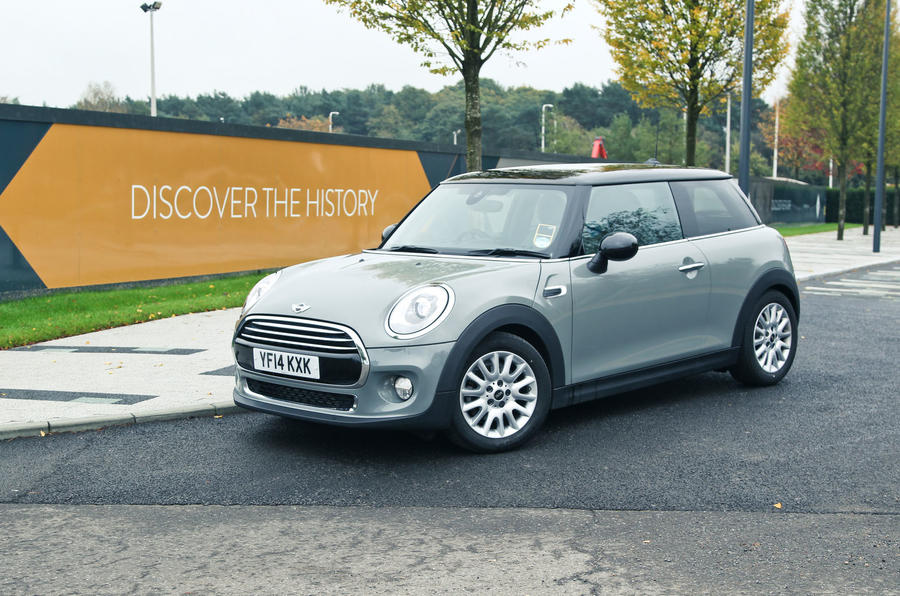
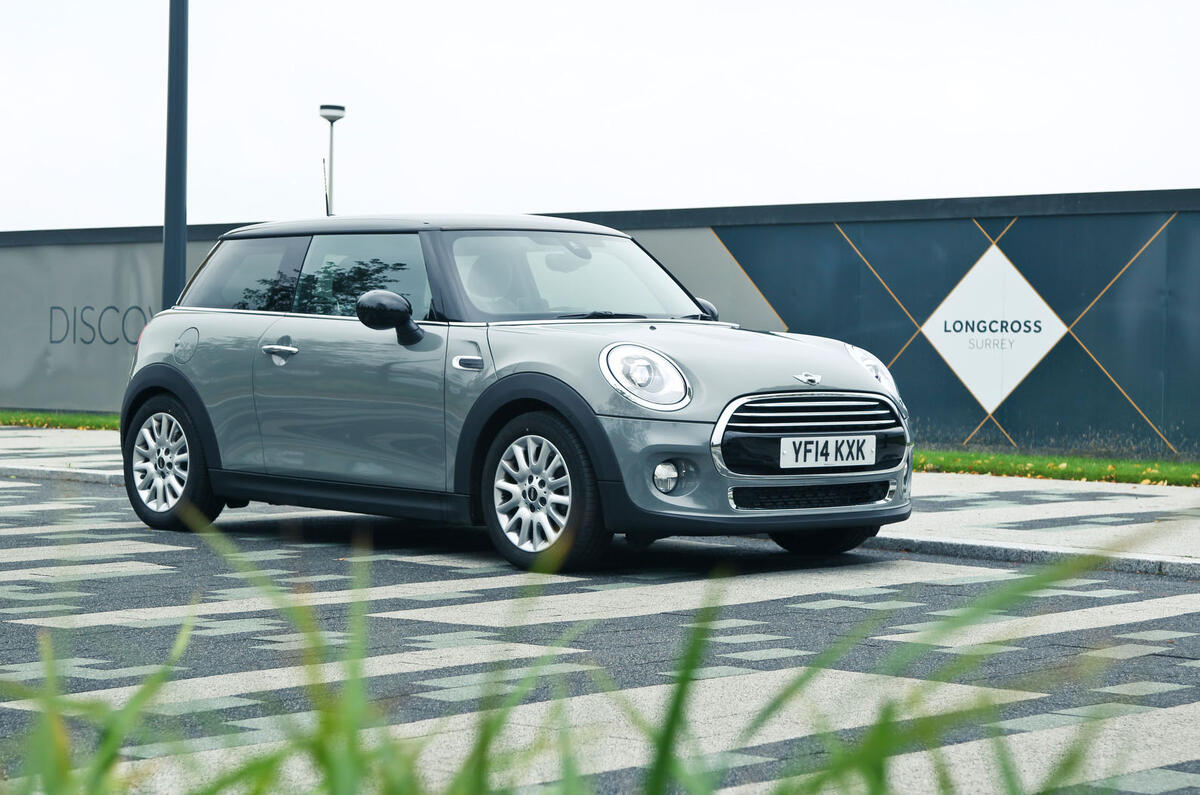












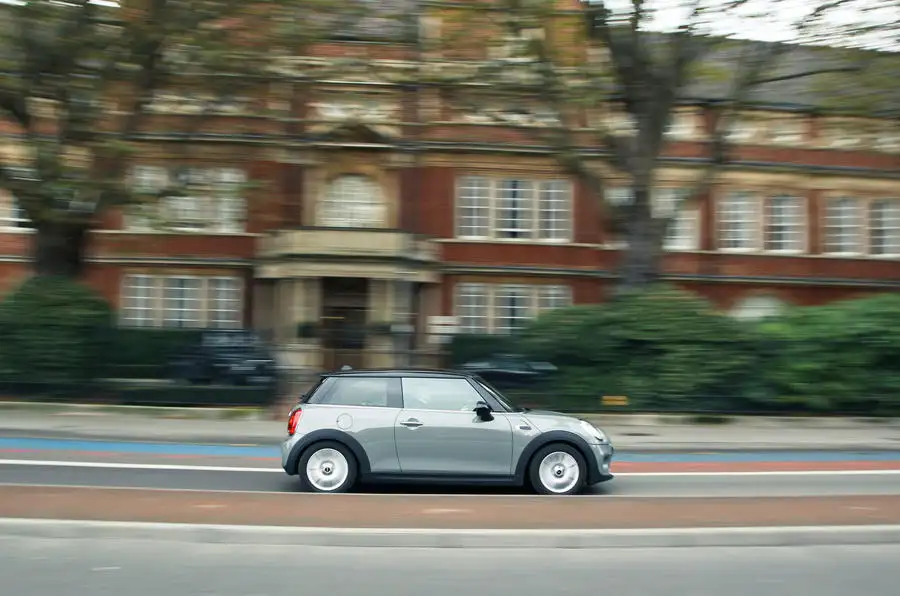
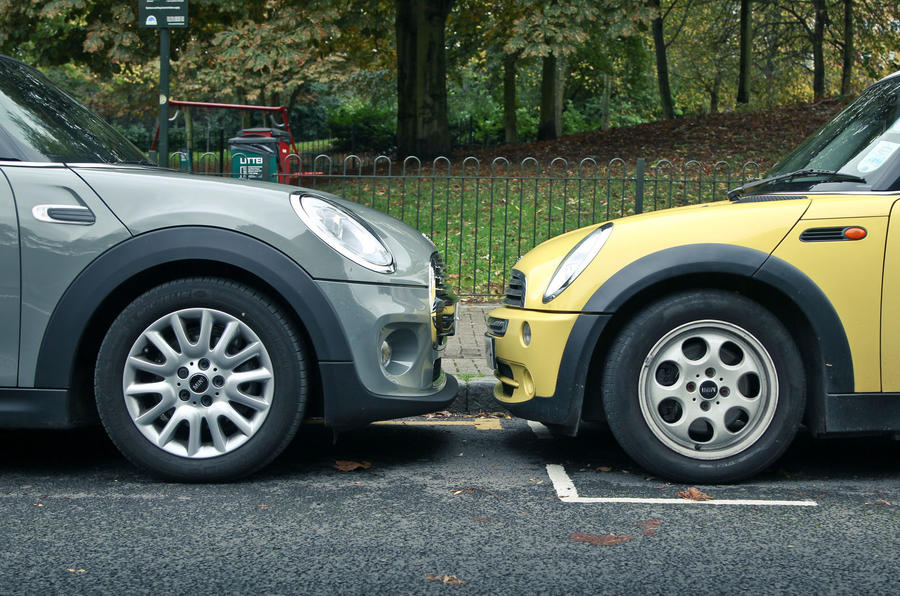

















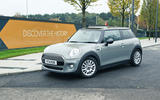




































Join the debate
Add your comment
Good grief who let the trolls in, Hilton?
I prefer the Mk1 Fiesta. (the
kcrally wrote:... Mk1 Fiesta.
Not by a long way. It was preceded by various cars by at least 10 years, from France, Italy, and indeed the UK if one counts the Austin A40 Farina.
What's with...